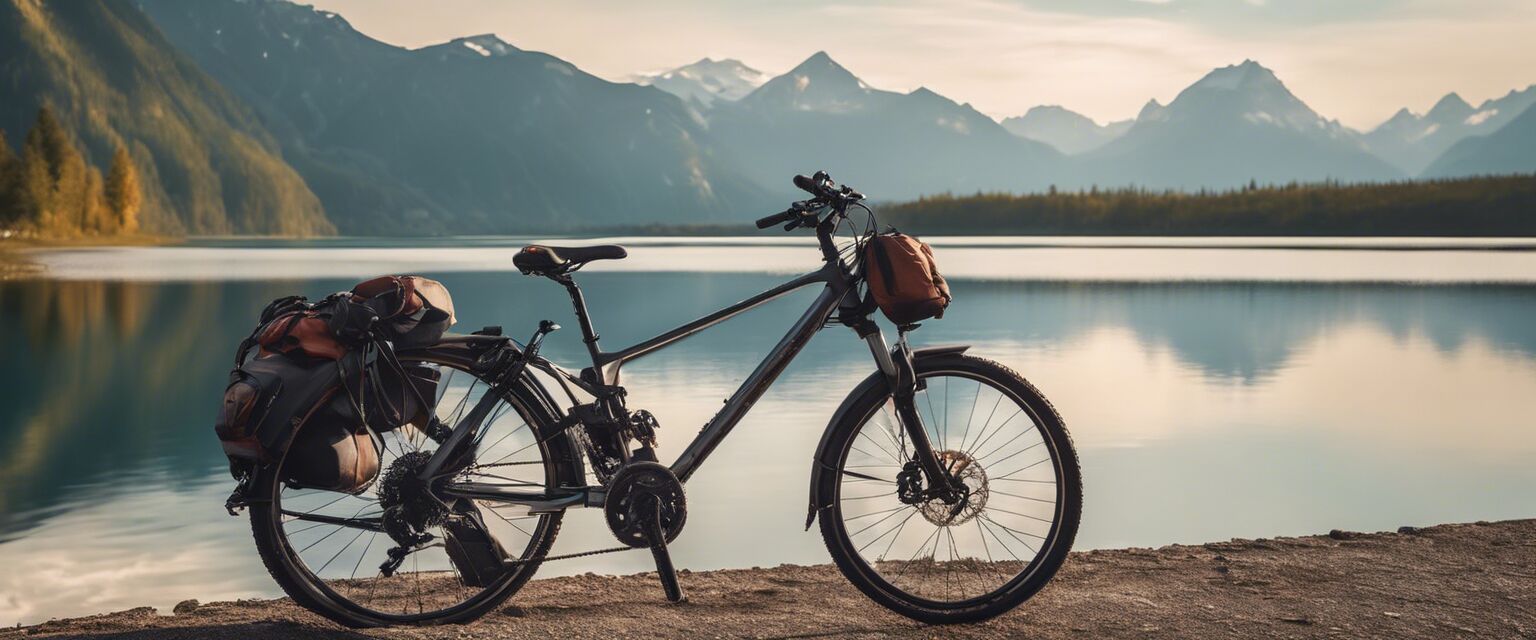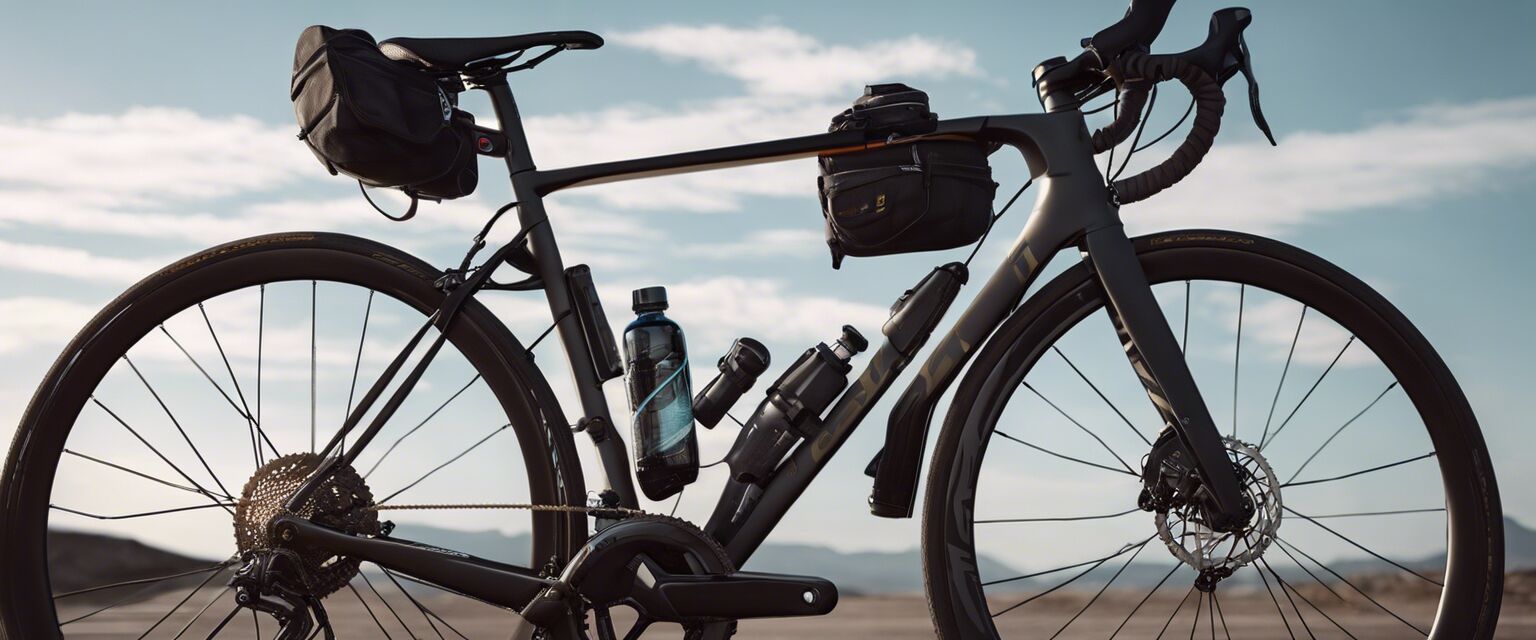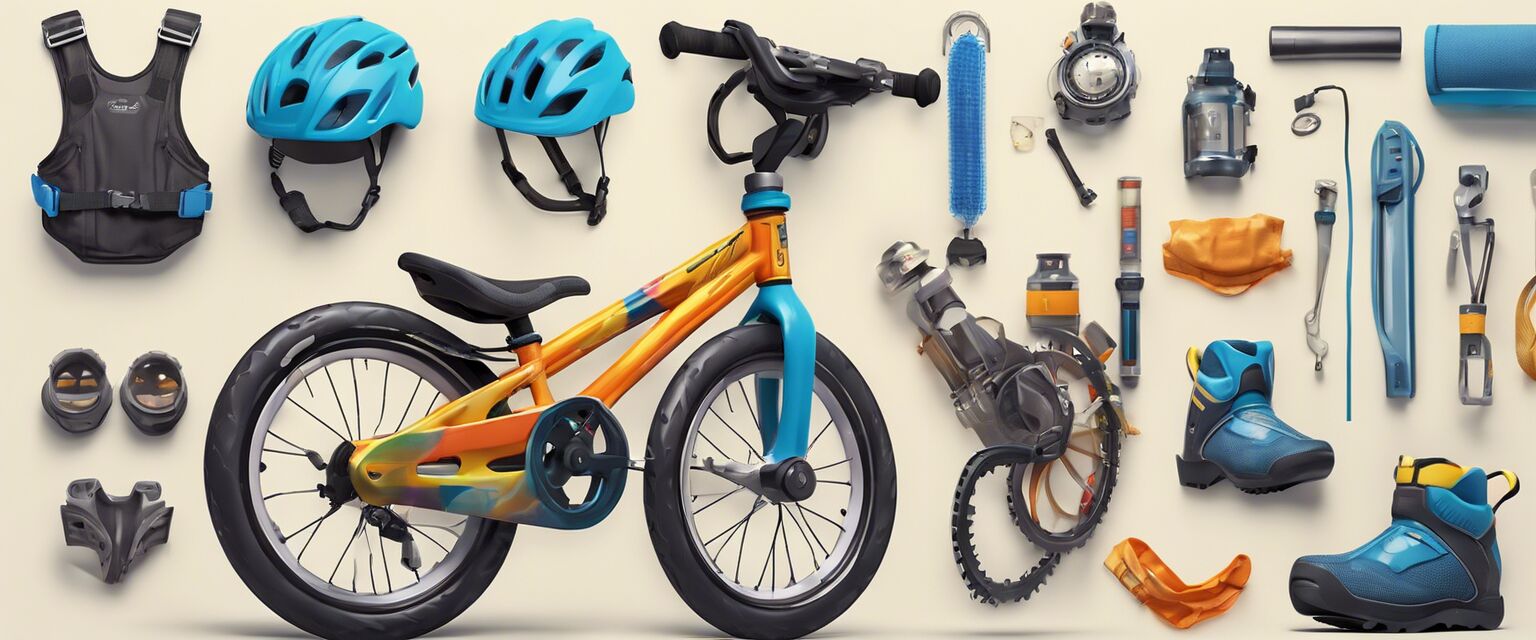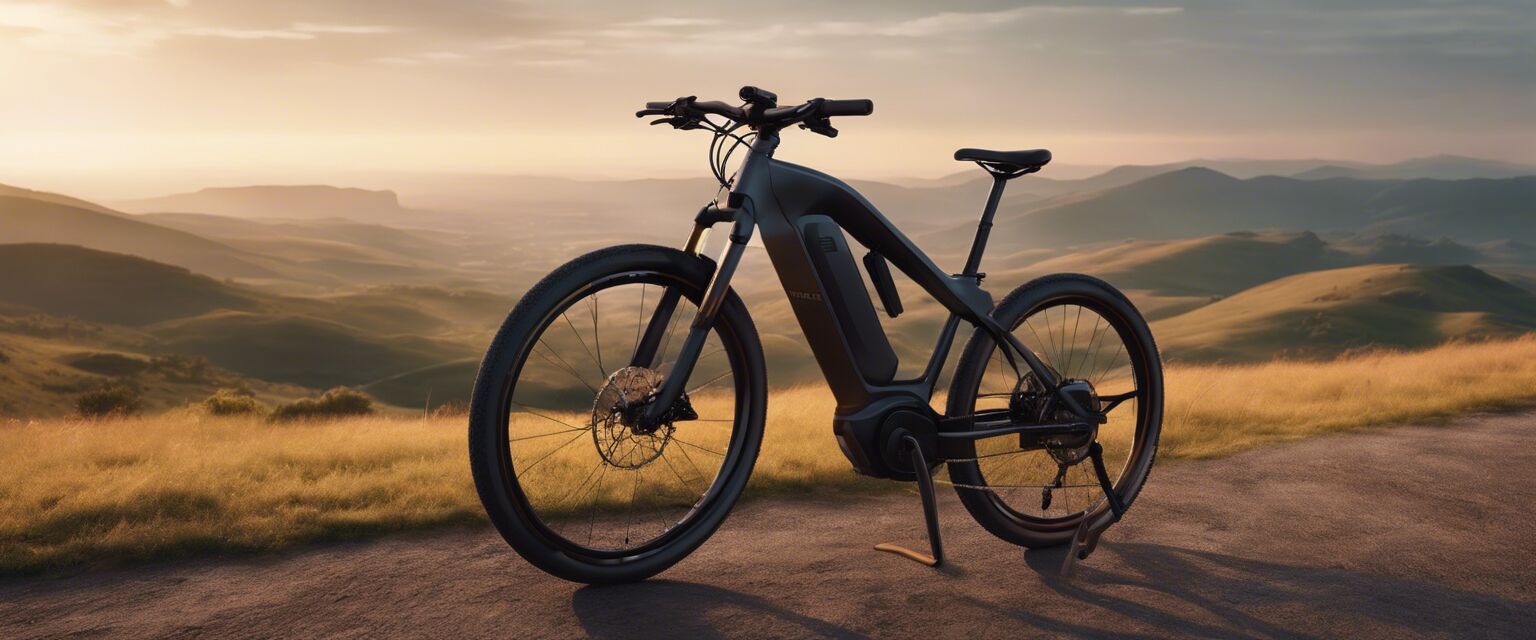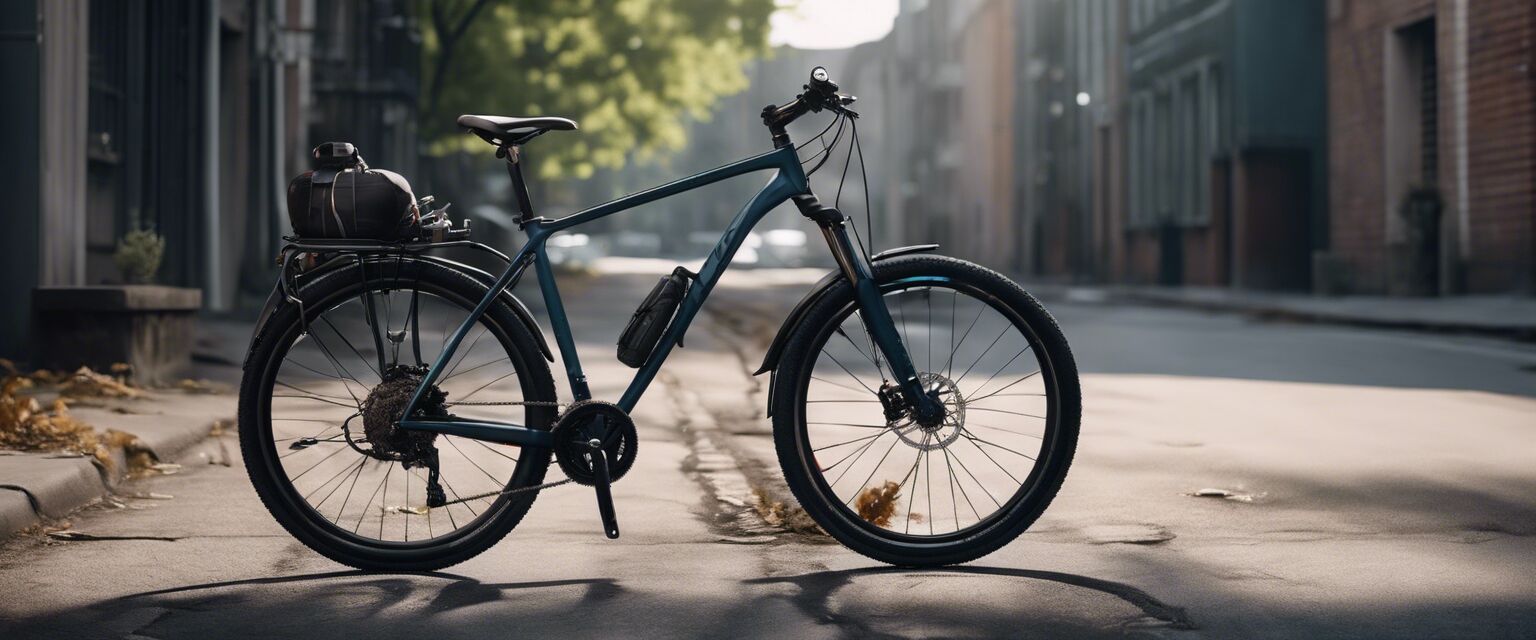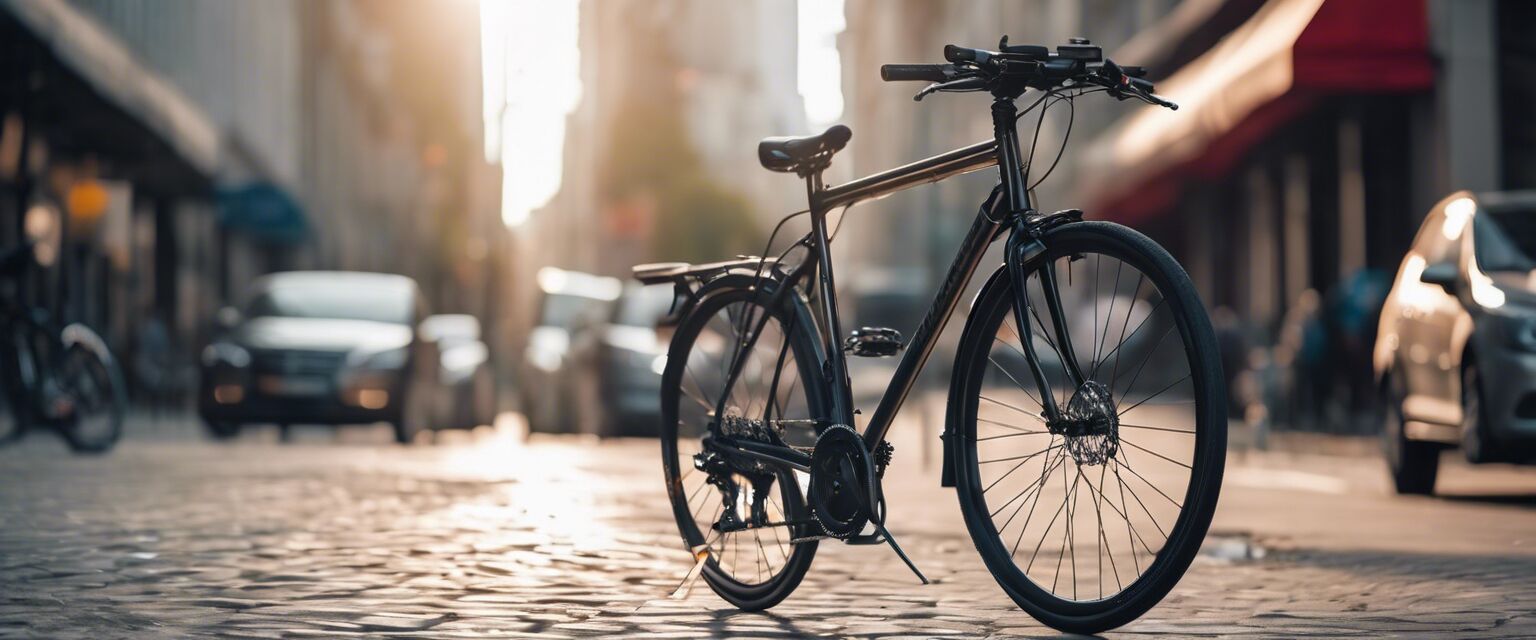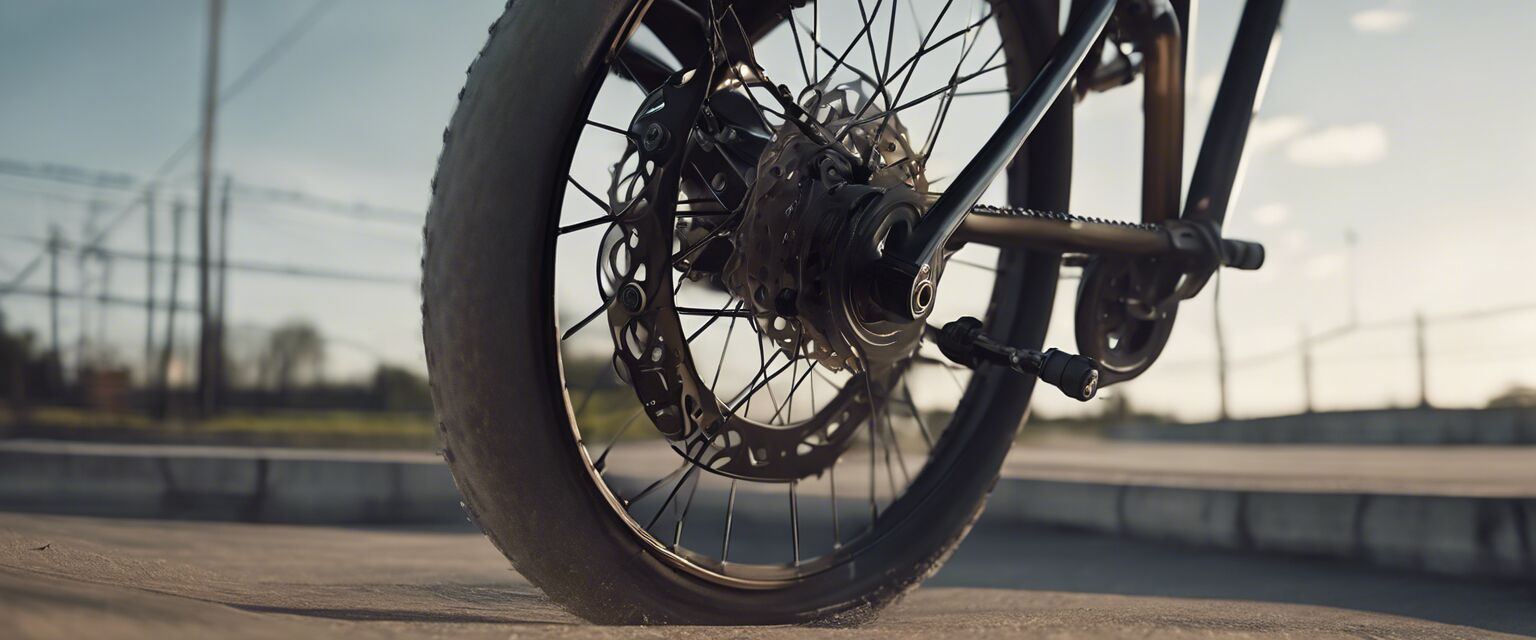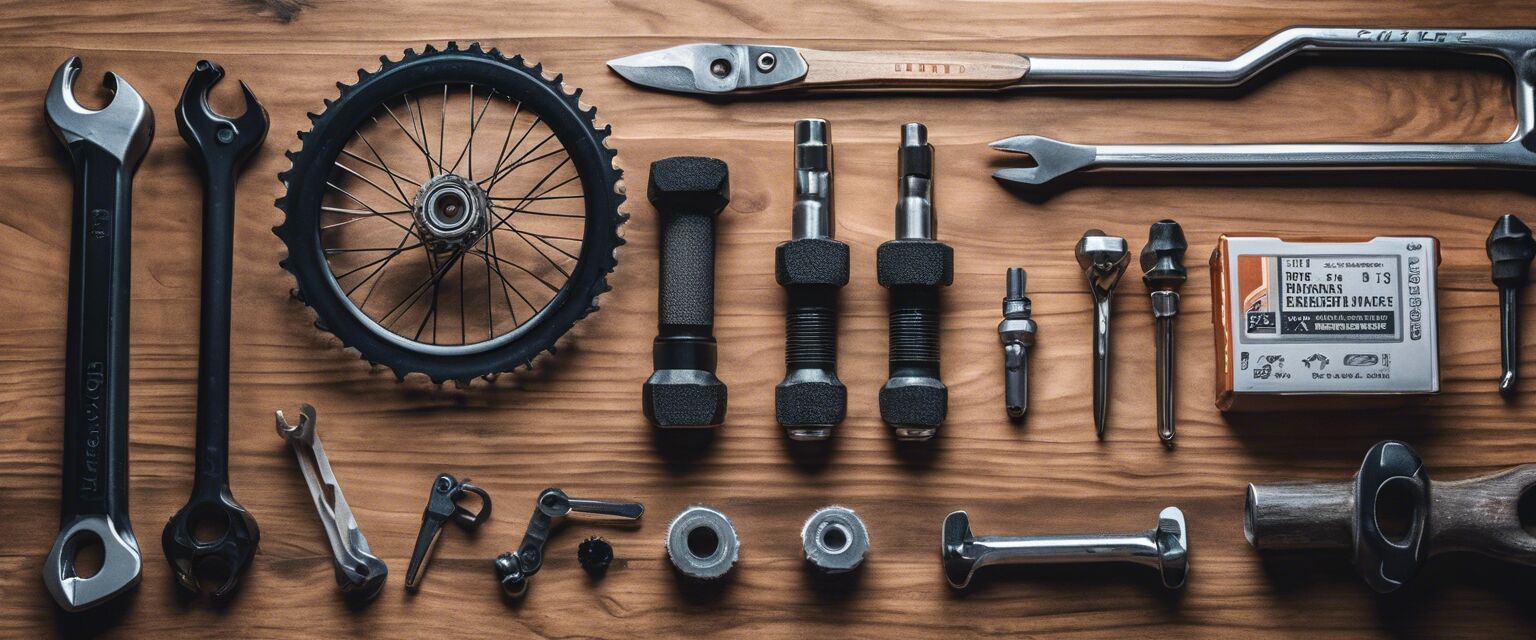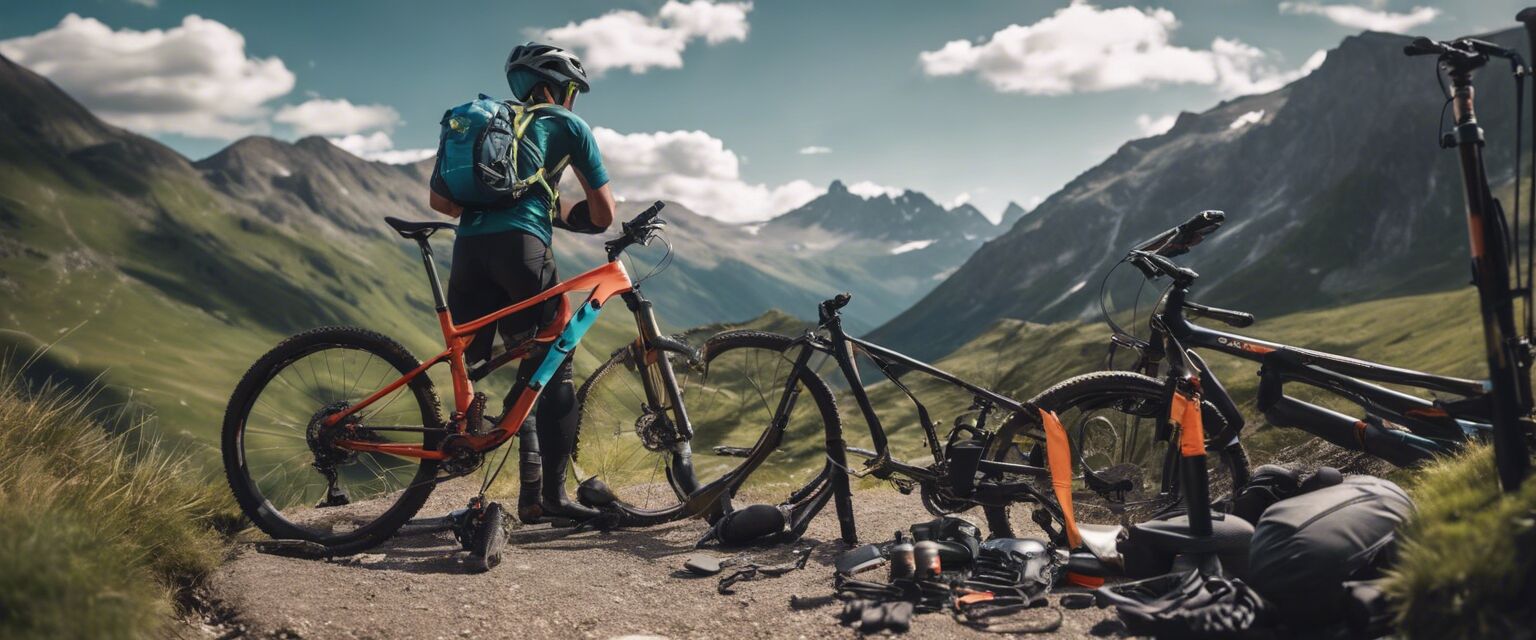
Cycling Safety Gear
Key Takeaways
- Wearing a helmet can significantly reduce the risk of head injuries.
- Reflective gear enhances visibility during low-light conditions.
- Protective pads can help prevent injuries in case of falls.
- Proper maintenance of safety equipment is essential for optimal performance.
When it comes to cycling, safety should always be a top priority. Whether you're a casual rider or a professional cyclist, having the right safety gear can make a significant difference in preventing injuries. This guide explores the essential cycling safety gear you need for a safe and enjoyable ride.
Essential Cycling Safety Gear
Here are some must-have safety accessories every cyclist should consider:
| Item | Description | Importance |
|---|---|---|
| Helmet | A hard protective head covering | Prevents serious head injuries in accidents |
| Reflective Vests | Bright vests featuring reflective materials | Enhances visibility to drivers, especially at night |
| Knee and Elbow Pads | Protective gear worn on joints | Helps avoid scrapes and bruises during falls |
| Gloves | Cushioned hand coverings | Increases grip and reduces fatigue |
| Lights | LED front and rear lights | Improves visibility to others while cycling |
Why is Safety Gear Important?
Using safety gear can greatly reduce the likelihood of injury and make your cycling experience safer. Here are some of the main reasons:
- Protection Against Injuries: Gear like helmets, knee and elbow pads can greatly minimize injuries sustained during accidents.
- Increased Visibility: Reflective gear and lights help you to be seen by others, reducing the risk of collisions.
- Comfort and Control: Gloves can improve grip and comfort on the handlebar, allowing for better control while cycling.
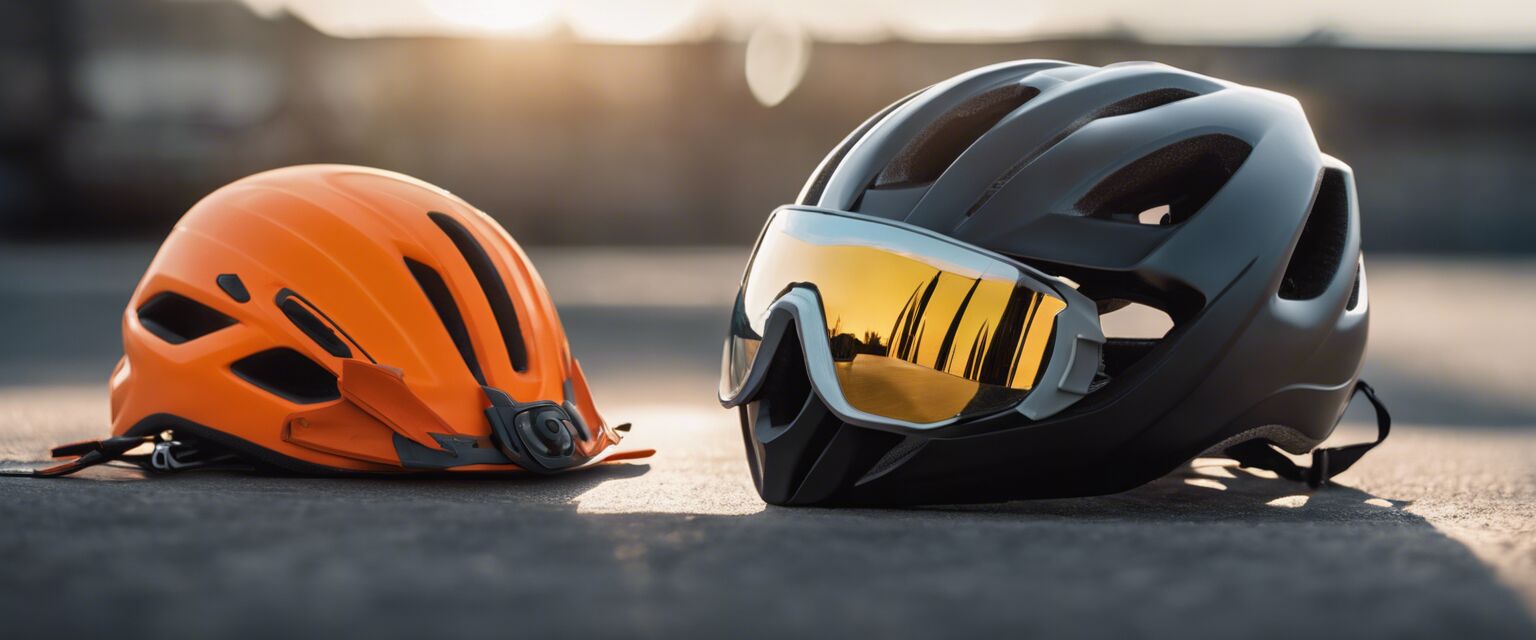
Types of Cycling Safety Gear
1. Head Protection: Helmets
Helmets are arguably the most important piece of safety equipment for cyclists. They come in various styles and should fit snugly. Here are some tips for choosing the right helmet:
- Look for the certification sticker from recognized safety organizations.
- Choose a size that fits your head comfortably.
- Check for ventilation to keep cool during rides.
2. Visibility: Reflective Gear and Lights
Enhancing visibility during cycling is crucial, especially when riding in low-light conditions. This gear includes:
- Reflective Vests: Easily visible clothes that help others see you.
- LED Lights: Attach these to your bike for optimal visibility on the road.
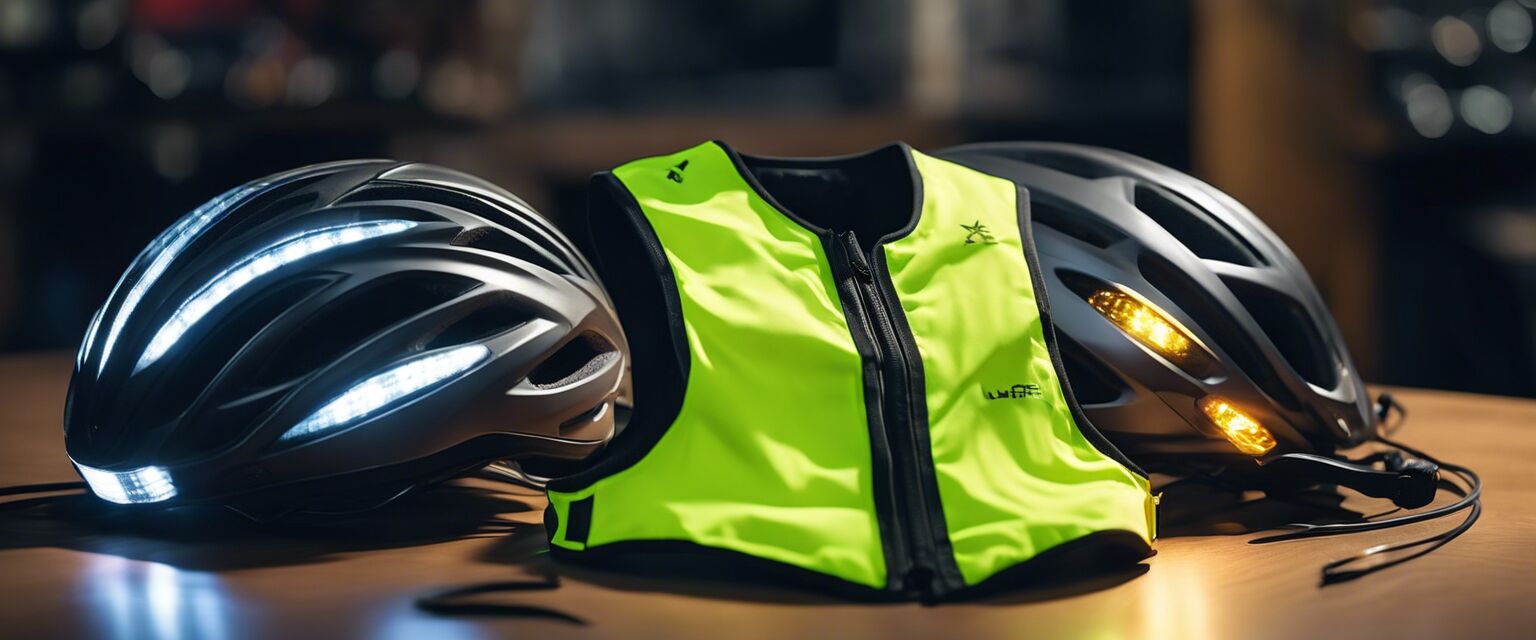
Protective Pads and Additional Gear
Aside from helmets and visibility gear, other protective equipment includes:
- Knee and Elbow Pads: Essential for beginners or off-road cyclists.
- Gloves: A good pair enhances comfort during long rides.
- Proper Footwear: Specialized cycling shoes can improve efficiency and safety.
Maintaining Your Cycling Safety Gear
Regular maintenance ensures your safety equipment performs well when you need it. Here are some tips:
- Check your helmet for any cracks or wear regularly.
- Inspect lights and replace batteries as needed.
- Wash reflective gear to maintain visibility.
Conclusion
Investing in quality cycling safety gear is essential for enjoying a safe cycling experience. By selecting the right combination of helmets, lights, reflective gear, and protective pads, you'll be prepared to face the roads confidently. For more information on biking equipment, check our other pages on Bicycle Maintenance Tools, Cycling Accessories, and Electric Bikes.
Pros
- Increased safety while cycling
- Enhanced visibility at night
- Protection against potential injuries
Cons
- Gear can be expensive
- Comfort levels may vary
- Bulky gear can be cumbersome
Beginners' Tips
- Always wear a helmet regardless of the distance.
- Try on safety gear to ensure a good fit before buying.
- Use lights and reflective gear, especially during dawn or dusk rides.
